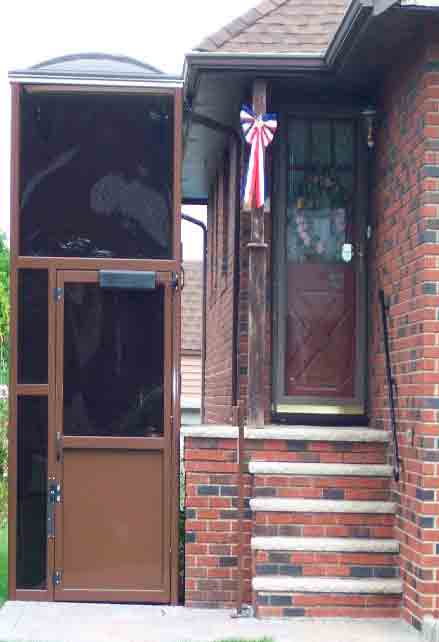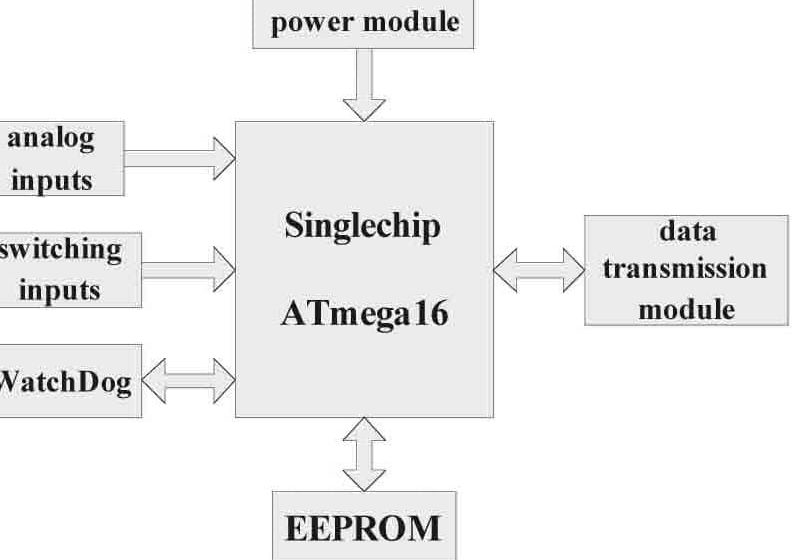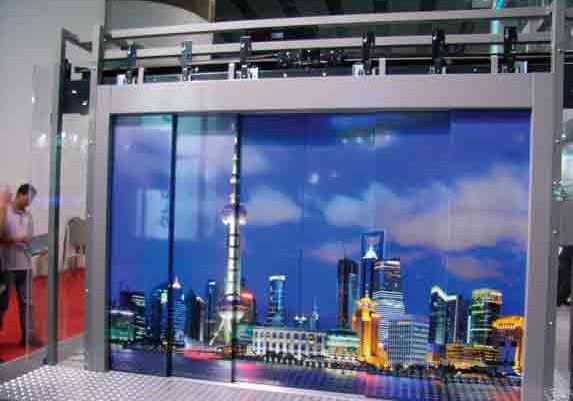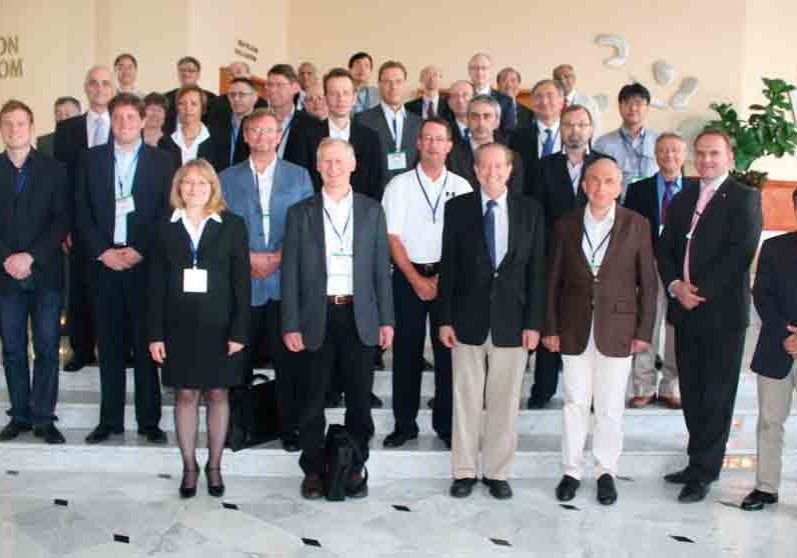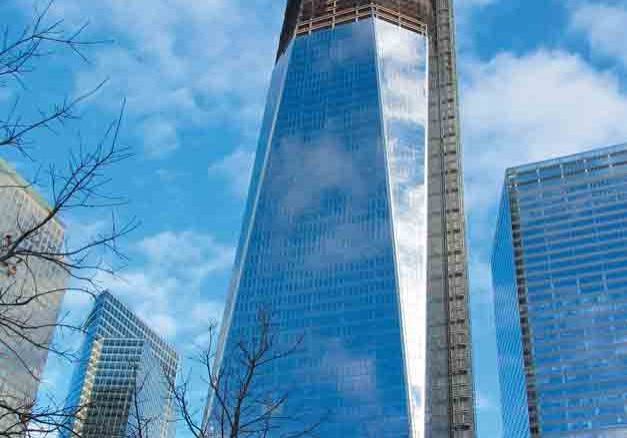The author explains Handi-Lift, Inc.’s method of selling and installing wheelchair lifts.
At Handi-Lift, Inc., we begin every meeting by reminding ourselves why we do what we do, and encouraging one another to take the extra time and effort it takes to sell “Accessibility with Dignity” (AwD), not just lifts. As an accessibility contractor, we work with architects, general contractors and owners when installing wheelchair lifts. Each party has its own interests in mind, and often the end users’ needs get lost in the shuffle. General contractors want not only a low price, but also to get the job done right and on time (passing the inspection for the certificate of occupancy) without headaches from other trades. Architects are primarily concerned with the aesthetics of the project. These are important issues, but we see it as our responsibility to push for the rights of the end users. After all, they are the ones who need to use the lift.
One of the major roadblocks we often see is people trying to do the bare minimum to provide legally required access at the lowest cost. Unfortunately, in this misguided pursuit, some even end up trying to skirt the law to meet their bottom line. We’ve begun to encounter buyers who have purchased a commercial platform lift over the Internet and tried to have a carpenter or other tradesman install it on the job. Although the price was initially attractive, the process often ends badly, and when we are hired to clean up the installation, code and quality problems, the customer ends up spending more than he or she would have if things had been done the right way in the first place.
Another issue occurs when people try to pass off vertical platform lifts (VPLs) as portable equipment so they do not have to obtain permits or test the lifts, because the current wording places “portable equipment” outside the safety standard that governs VPLs and inclined platform lifts. The ASME A18.1 code committee on which I serve is now writing new rules to govern portable or re-locatable lifts to correct this problem.
So What Is AwD?
An accessibility solution that provides AwD should possess the following qualities.
It Is Quiet.
What if your child were receiving an award at graduation, and you were invited on stage but could not access the stage using the stairs, because you used a wheelchair? How would you feel if you had to ride in a clunky, loud, shaky, tin can of a lift in front of the entire audience? How would your child feel?
This is a critical issue for those with mobility impairments. However, lifts can be quiet, and some are practically silent. This is important for lifts in sound-sensitive sites such as performance halls. When designing a solution with this aspect of AwD in mind, there are some critical decisions to make regarding the drive system. To minimize noise during operation, one could use a DC drive or remotely locate the drive system. Other factors include the solidity of the infill panels, and how well the lift is anchored or supported (so it doesn’t flex and rattle).
It Is Reliable.
A lift has to work when it is needed. One of the biggest mistakes we see is that of standard, indoor lifts being installed outdoors without special treatments. We replace a lot of old lifts installed just to meet the letter of the law with no attention to quality or durability. Some outdoor lifts fail completely after only a few years.
It is important to work with an experienced accessibility contractor committed to the service of the equipment it sells. A good contractor will make sure the end user does not get stuck with a product of inferior quality from a manufacturer that does not stand behind its equipment or just makes equipment at very low cost with low performance.
Unlike a commercial elevator, a lift is not in continuous use. Sometimes, it sits dormant for months, yet must perform perfectly when needed. That is why it is critical for a lift to receive regular, planned maintenance to ensure it will run smoothly every time.
It Has a Solid Ride.
When using a lift, passengers need to feel confident it will get them where they need to go. It is very unsettling if it flexes too much or wobbles back and forth when boarding. When traveling more than 4 ft., consider a heavy-duty VPL with a more robust drive system. ASME A18.1 allows for taller platform side walls and a non-load-bearing top, so a drive system like a private-residence elevator with a very heavy-duty sling can be used. It seems there should be higher demand for heavy-duty VPLs in the U.S., as many other countries consider this type of unit the first choice for accessibility. Another option would be to move up to a limited-use/limited-application elevator, which provides the ride quality of a commercial elevator.
It Is Easy to Use.
Platform lifts should be intuitive to operate. Often, when a custom lift is designed, the code-required language is placed on the hall-station faceplate instead of the manufacturer’s operation plaques. Since 2001, key-activated controls have not been required by ASME A18.1, greatly improving ease of use. Where there is a need to restrict access to the lift (such as in an elementary school or high-security facilities), options include proximity devices and card readers.
ANSI A117.1 and Americans with Disabilities Act (ADA) Accessibility Guidelines require powered entrances for all platform lifts, except those configured for straight-through access with only two stops. However, even though they are not required in this exception, powered entrances can greatly improve ease of use, because they increase maneuvering clearance to the lift. Another advantage to powered entrances is in existing buildings, where a pit cannot always be constructed. The feature can help the lift fit, while achieving proper latch clearance.
Other ease-of-use issues to consider include area lighting (including emergency lighting), ease of rescue, manual lowering and communication. Ideally, an ADA-compliant hands-free phone should be installed in every lift, even though it is not required. Communication with manned stations in the building is critical for lifts in remote areas, especially outdoors, from the lower-landing hall station. In many cases, monitoring equipment may also be needed.
Conclusion
A lift should be an asset, not an eyesore. It should blend into surrounding aesthetics and look like it belongs in the building, not like an afterthought. A standard lift can be tweaked in small ways to achieve this final aspect. It can be as simple as painting the lift a custom color – such as a school’s colors or the wall color in the lobby of a building. There are even powder-coating options such as silver metallic, which looks like stainless steel or aluminum. Adding 1/4-in.-thick laminated glass in fill panels is a cost-effective alternative to Plexiglas®, which scratches easily. Bare-edged glass and architectural metal enclosures can provide aesthetic appeal.
The easiest way to understand AwD is to think of someone you know who currently has or could have a mobility impairment in the future, then imagine an accessibility lift he or she would be proud to ride. For Handi-Lift, AwD is more than just a slogan, it is a mission we strive for with every lift we sell and install. We encourage accessibility contractors across the U.S. to take up the challenge to go beyond meeting minimum design and code standards to provide AwD.
Get more of Elevator World. Sign up for our free e-newsletter.
